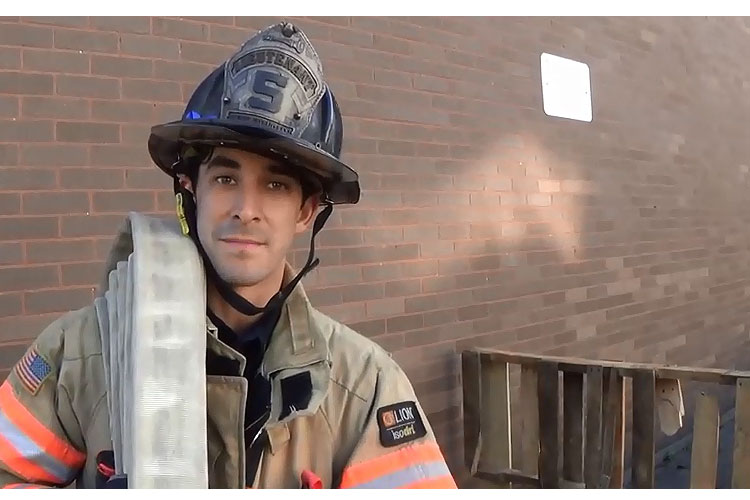

By Nick Papa
One of the greatest day-to-day challenges facing any fire company is consistently providing training that is both practical and interesting. Compounding this issue are the time and budgetary constraints that we all must work around. Aside from the call volume and mandated training requirements, many agencies lack a training facility and/or the funding necessary to purchase realistic props and other training resources. Although these may be limiting factors, they do not, by any means, absolve anyone from conducting quality training.
SEE RELATED SUPPLEMENTAL PHOTOS AND VIDEO >>
The ability to adapt, improvise and overcome has always been the hallmark of the fire service. With a little ingenuity and sweat equity, anyone can put together a quality drill, regardless of your circumstances. Opportunities for learning are constantly presenting themselves if we just open up our eyes and use our imagination. Each run we take in, we are granted access to a different building. After the incident has been mitigated, seize that moment (when appropriate) to use the property as your drill-ground. Opportunistic training, while incredibly simplistic, not only addresses the aforementioned deficiencies, but typically becomes some of the most impactful.
A good practice is to have all of your members perform their own personal size-up upon arrival, no matter the type of call. Doing so forces them to slow down and critically evaluate their surroundings. This exercise breeds a habit that will greatly improve their situational awareness – allowing them to create a mental blueprint prior to making entry. Once the incident is completed, discuss the construction, occupancy type and layout. Identify the location of access points, stairwells, and particularly the ‘long hallway.’2 If remaining inside the building is not possible, (discreetly) take a few pictures of the configuration (if appropriate), sketch it out on the EMS pad, or simply commit it to memory. Once back at the firehouse (or any ample space you have available to train) and recreate it using whatever materials are at your disposal.
An efficient and cost-effective way of constructing such a prop is to use pallets. They are (usually) free, easy to find, and can be easily broken down and stored for future use. Once created, these ad hoc training props can be used for conducting a variety of engine company drills: refining handline deployment, advancement, and operation; door control; (pre-)entry procedures; communication; etc. The potential configurations and added variables are endless, allowing for the evolutions to be as simple or complex as you desire. Although these props may not look like much, they are highly effective, and when it comes to training, function always trumps form.
Download the complete drill PDF HERE.
REFERENCES
1Conboy, Mickey, Practical Search Operations Lecture, November 5, 2016.
2Fields, Aaron. (2016). The Nozzle Forward Curriculum and Manual.
3LeGear, Dennis. (2016). Facebook Commentary – Truck Floor Training Group.
Nicholas Papa is a lieutenant with the City of New Britain (CT) Fire Department, assigned to Engine Co. 1. He is a frequent contributor to Fire Engineering and a FDIC classroom instructor. Nick is also the co-host of the BlogTalk Radio show “Politics & Tactics.”

